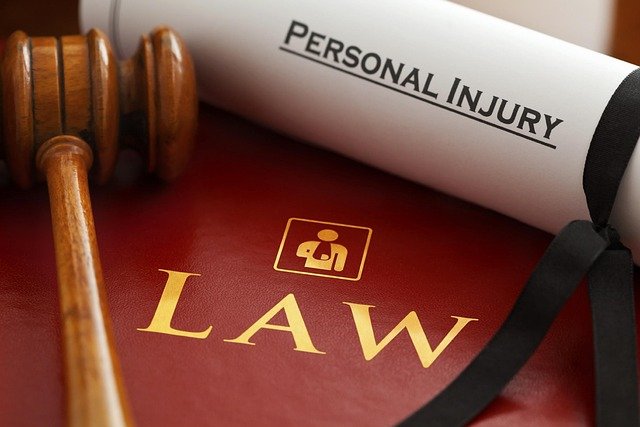Lawyer: Roles and Steps for Car Accident and Injury Claims
A lawyer can guide you through the legal steps that follow a car accident, help document an injury, and negotiate with insurance companies. Understanding what a lawyer does, when to consult one, and what to expect from the legal process can reduce confusion and protect your rights after a crash. This article explains typical roles, evidence priorities, communication with insurers, and how damages are evaluated when pursuing a claim.

What does a car accident lawyer do?
A car accident lawyer focuses on representing people involved in motor-vehicle collisions. Typical tasks include gathering evidence (police reports, medical records, witness statements), identifying liable parties, and preparing demand packages or court pleadings. Lawyers advise on whether a claim is worth pursuing, which statutes or traffic laws apply, and what deadlines (statutes of limitations) matter. They also negotiate settlements with at-fault drivers’ insurance carriers and can litigate in court if a fair settlement isn’t reached.
How does a lawyer handle legal claims?
Handling a legal claim begins with an intake to assess facts, injuries, and insurance coverage. The lawyer develops a legal theory of liability and compiles supporting evidence. They may issue discovery requests, work with experts such as accident reconstructionists or medical specialists, and file necessary motions if litigation is required. Throughout the process, a lawyer evaluates settlement offers against estimated case value, balancing the certainty of a payout against the risks and costs of going to trial.
What to expect after an injury?
After an injury, seek medical attention promptly and follow recommended treatment; medical records are a central part of proving injury and causation. Keep detailed notes about symptoms, missed work, and out-of-pocket expenses. A lawyer will review your medical documentation to connect the injury to the accident, advise on necessary additional exams or specialist visits, and help quantify non-economic losses such as pain and reduced quality of life. Timely and consistent care strengthens both medical and legal credibility.
How to work with insurance companies
Insurance communication should be handled carefully. Insurers often request recorded statements and may use early offers to limit payment. A lawyer can manage insurer interactions, submit demand letters, and counter low offers with documented evidence of liability and damage. Important considerations include identifying all applicable insurance policies (your own, the other driver’s, or underinsured motorist coverage) and preserving rights under those policies. Keep copies of all correspondence and avoid signing releases until terms are clear.
Finding local services or a lawyer in your area
When searching for a lawyer, look for attorneys with experience in motor-vehicle collisions and personal injury work. Consider their track record with similar cases, communication style, fee structure (many operate on contingency), and client reviews or referrals from medical providers. Local services may include law firms that routinely appear in nearby courts, which can help with logistics and local rules. Initial consultations often clarify strategy and expected timelines; ask about their use of experts and how they handle litigation versus settlement.
How are damages calculated in legal claims?
Damages in car accident claims typically include economic losses (medical bills, rehabilitation, lost wages, property repair) and non-economic losses (pain, suffering, emotional distress). Some cases may include punitive damages if conduct was especially reckless, though those are less common. Lawyers use medical cost projections, wage records, and life-impact narratives to build an estimate. Insurance policy limits and comparative fault rules in some jurisdictions can affect recoverable amounts. A lawyer helps assemble documentation and, when appropriate, engages vocational or life-care planners to support long-term damage calculations.
Conclusion
A lawyer plays a central role in navigating the legal landscape after a car accident, from documenting injury and interacting with insurance companies to pursuing appropriate compensation. Understanding the stages of a claim, documenting treatment and losses carefully, and selecting representation with relevant experience can clarify expectations and protect legal rights during a stressful period.






